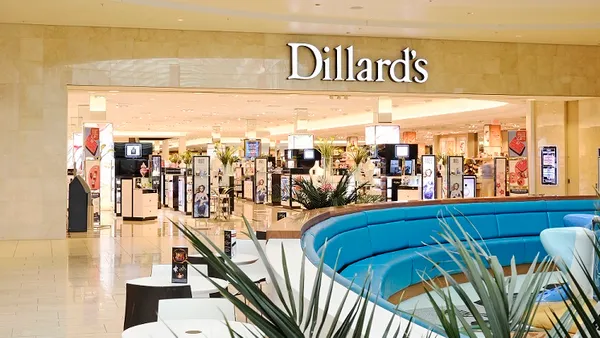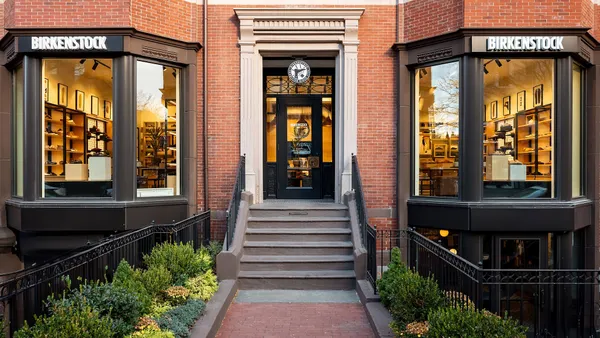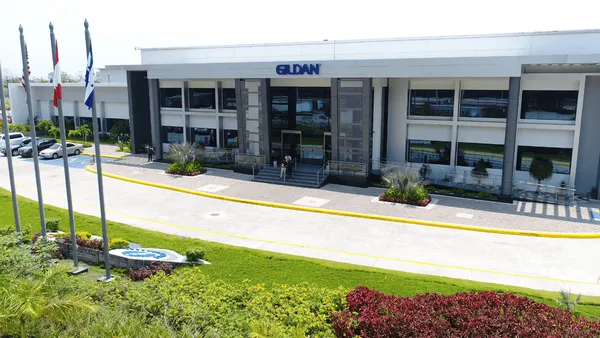Dive Brief:
- Retail sales in the U.S. could top $4.3 trillion in 2021, increasing 6.5% to 8.2%, according to the National Retail Federation's annual estimates.
- Coloring the optimism of those figures are increasing vaccinations against COVID-19 and the accompanying re-opening of the economy.
- Early results showed that retail sales grew 6.7% to a little over $4 trillion in 2020, roughly double NRF's pre-pandemic forecast for the year. Online and other non-store sales spiked by nearly 22% to $969.4 billion.
Dive Insight:
The NRF is pegging the fortunes of the industry to the COVID-19 vaccines and their rollout. As NRF Chief Economist Jack Kleinhenz said in a press release: "Our principal assumption is that that the vaccination will be effective and permits accelerated growth during the mid-year. The economy is expected to see its fastest growth in over two decades."
Along with the potential for increased in-person shopping, other drivers of the economy point to growth. Kleinhenz noted savings, stock valuations, rising home prices, government stimulus and low interest rates, all of which support the overall economy and consumer spending.
The increase in retail sales last year amid an economic recession and depressed foot traffic, not to mention weeks of temporary brick-and-mortar closures in the early phase of the pandemic, beat some forecasts. The headline sales increase, though, also masks wide disparities in categories and retail sectors.
E-commerce boomed along with some categories that saw heightened demand, especially because of the pandemic. That includes home goods, outdoor, sporting goods, leisurewear and other areas that consumers sought as they coped with life at home.
Yet, there was plenty of pain in the retail world, especially at indoor malls, which recovered at a slower rate than other kinds of shopping centers. That meant many apparel retailers and department stores were harder hit during the year and holidays than other retailers, which could shift to curbside and store pickup options more easily (and more conveniently for customers) than mall-based retailers.
Vaccinated consumers and declining infection rates would be a major boon to those retailers, especially if there is pent-up demand for mall shopping and apparel buying. Some analysts have predicted a comeback for apparel this year as consumers refresh their wardrobes for more time spent in offices and social gatherings.













